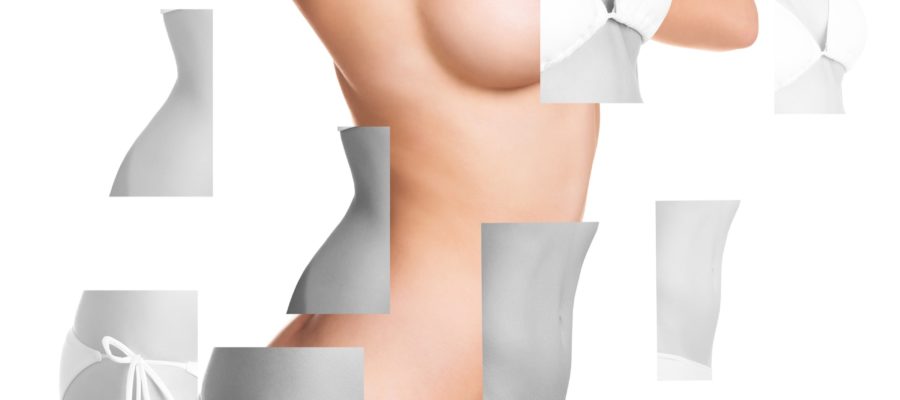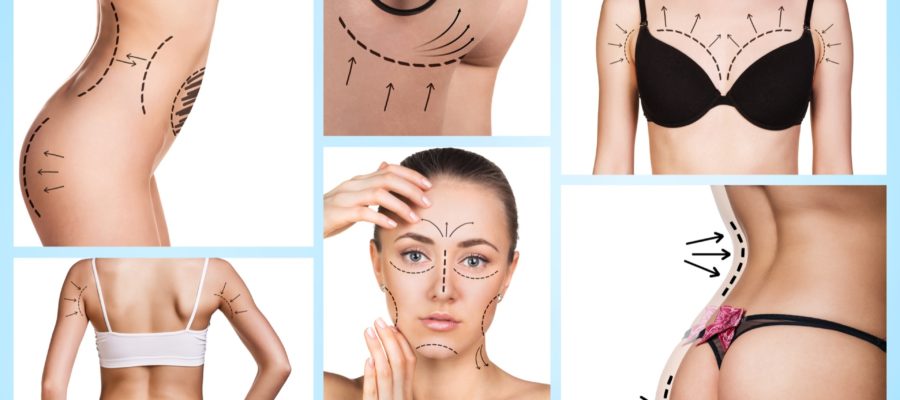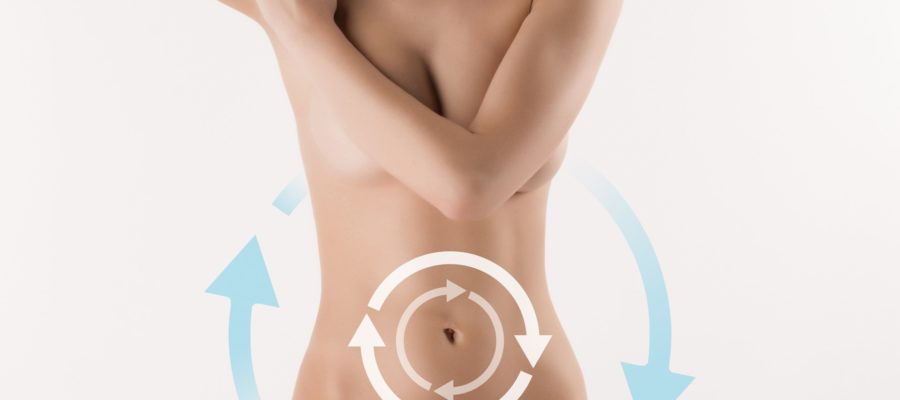Duration
60 minutesAnaesthesia
Local + sedationHospitalization
0 nightsReturn to society
7 daysLipofilling or autologous adipose tissue transfer revolutionized Plastic Surgery, providing for an ideal filler. In fact, adipose tissue is able to bring volume in a natural way, permanently and without inflammatory reaction, being at the same time fully biocompatible and improving the overlying skin texture. Moreover, fat could be harvested virtually from every part of the body and the procedure could be repeated to add more volume. Simultaneously, the harvesting of fat brings the benefit of a classic liposuction. The indications of lipofilling are the following:
- Permanent filler
- Treatment of wrinkles
- Increase lip volume
- Breast augmentation with adipose tissue
- Chinplasty and malarplasty with adipose tissue
- Buttocks reshaping - gluteoplasty
- Rejuvenation of the hands
- Treatment of depressed scars
- Treatment of scars
- Dystrophic and retracting scars
- Skin burns
The effectiveness of adipose tissue for improving skin quality in scars is remarkable. In fact, it consistently improves the appearance of scars and dystrophic areas. In particular, adipose tissue is able to improve pigment, elasticity and tissue quality, making scars more similar to healthy skin. This capability should be attributed to adipose tissue stem cells that promote tissue tropism.
- Harvesting. Adipose tissue is harvested from a region where the adipose tissue can be removed easily with aesthetic advantage (generally the abdomen, the hips, the trochanteric region). The surgical access measures 2 mm and is typically placed in cutaneous folds (e.g. in the navel or the gluteal folds). Adipose tissue is aspirated with a special cannula. This procedure is far different from liposuction, where the adipose tissue is aspirated at higher pressures with larger and traumatic cannulas. Once the desired quantity of adipose tissue is collected, the procedure could continue as a normal liposuction
- Processing. The aspirated material is processed in order to separate the adipose tissue from oil, serum and debris.
- Implant. The purified adipose tissue is transferred into syringes with special cannulas, suitable for an accurate implant. Scaring is minimal in the implant site because of the reduced diameter of implant cannulas. In some cases, the implant could be performed with needles to further minimize scarring.



